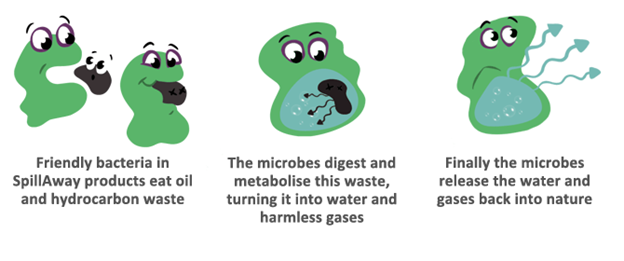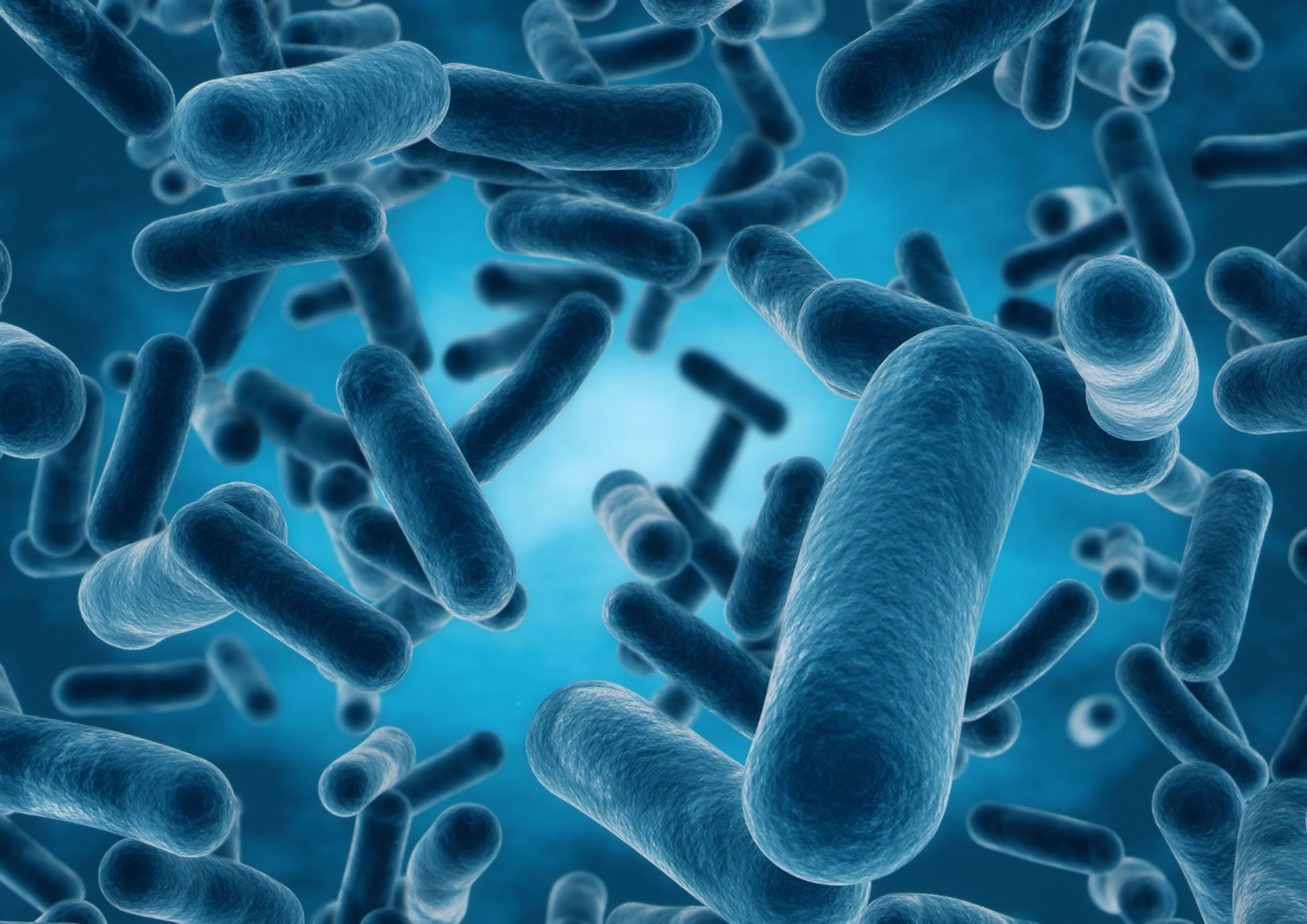Bioremediation makes use of microbes to decrease contamination through the biological conversion of different pollutants into non-poisonous substances. This may include either anaerobic or aerobic microbes that frequently utilize this breakdown as a source of energy.

Conditions Required
In cases where the correct micro-organisms are scarce in number or completely absent, amendments are added for introducing bioremediation. Certain microbial actors like fungi, archaea and some aerobic bacteria are inoculated into the water or soil. Known as Bioaugmentation, this simple process is highly effective to enhance conditions in a shorter duration of time, in the presence of correct environmental conditions. Some of the critical conditions required for bioremediation include:
- Host microbial contaminants for providing energy and fuel to parasitical micro-organisms.
- Parasitical micro-organisms for feeding off their unfavorable hosts and destroying them.
- Sufficient amounts of oxygen for supporting aerobic biodegradation.
- Ample soil moisture or water content.
- Carbon source which is the foundation of the energy source of microbial life.
- Optimum temperature required for the microbes to flourish.
- Certain nutrients such as phosphorous, sulfur, nitrogen and potassium for supporting the microbial growth.
- A pH ratio within the range of 6.5 to 7.5 making a correct acid and alkaline proportion.
Classes of Bioremediation
Bioremediation has two broad classification on the basis of the location where the remediation is carried out:
- In situ: In this type, whole of the remediation work is carried out at the site of contamination. This can either be polluted soil that is treated without expensive and unnecessary removal, or it may be polluted groundwater that is remediated at its point of origin. Bioaugmentation, biosparging and bioventing are some of the main technique classes.
- Ex situ: This technique involves the removal of contaminated material to a remote treatment location. This classification is comparatively less desirable as it involves a big job of excavating polluted soil and trucking it offsite. It even poses a hazard of risking an accidental spill and spreading the contamination during transport. Landfarming, composting and biopiles are some techniques applied in this classification.
Future of Bioremediation
Though the technique of bioremediation is not new, but as our insight into the hidden microbial reactions develop, our capacity to utilize them for our potential benefit also increases. As compared to conventional technology, bioremediation requires lesser energy and fewer resources, and does not lead to the accumulation of toxic by-products as waste. Despite the fact that it may often require much more time for carrying out conventional methods, bioremediation has cost and technical advantages.
Bioremediation can be custom fitted to the necessities of the pollution site in question and the particular microorganisms required for the pollutant break-down are supported by choosing the limiting component needed for the promotion of their growth. This particular tailoring might be additionally improved with the use of synthetic biology tools and techniques for pre-adapting microorganisms to the contamination in the environment to which they are to be added.
A threat to our wellbeing, pollution leads to an environmental damage, influencing natural life and the sustainability of our planet. Damaged soils result in further affecting our capacity to grow food. Bioremediation can assist with decreasing and eliminating the pollution produced, to provide us with clean air, water and healthy soils for our future generations.

